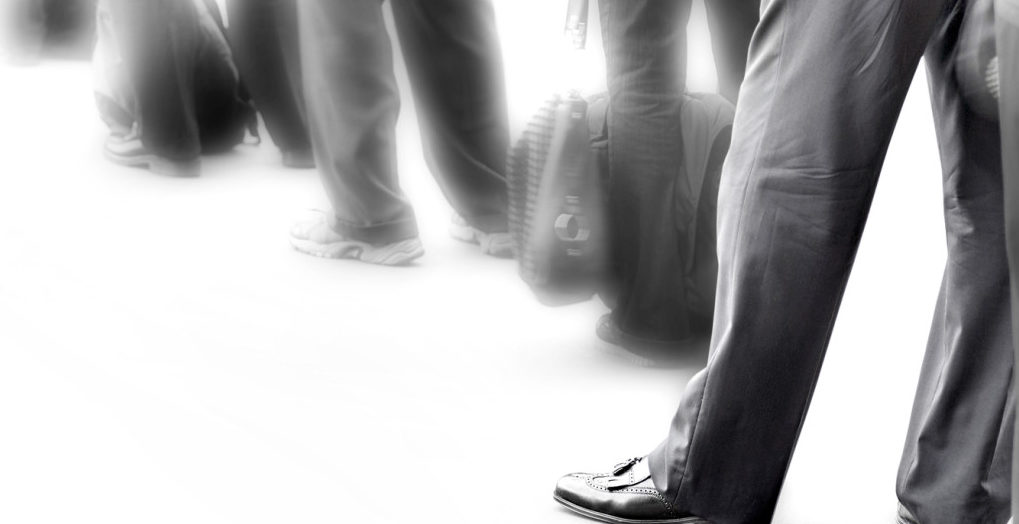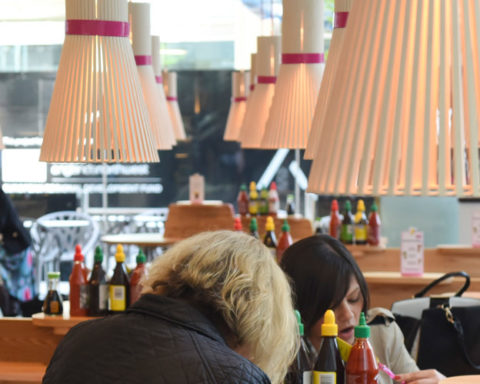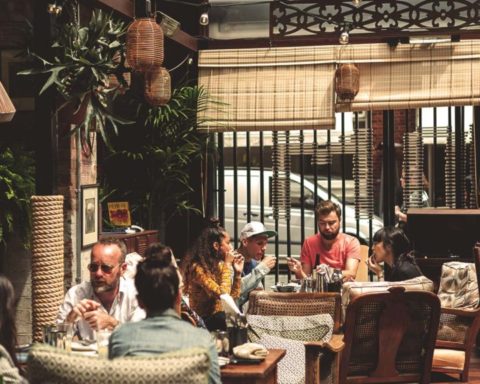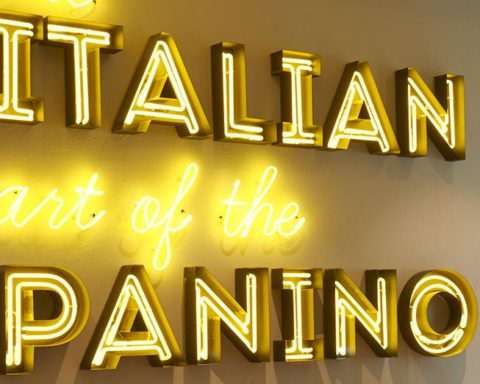Queues at the cashier make the customer experience in the point of sale unsaticfatory
We have already spent some time describing the discontent among American consumers who were forced to wait in different points of sale.
Recently, the same discontent has been registered also in Europe. According to a research of Epson, developer of technological solutions for retail stores, queues at the cashier are increasingly a problem for clients and consequently for companies.
 Queues at the cashier, not expert and no friendly sales operators, slow payment operations endanger the Customer Experience at the point of sale all the way to precluding the final purchase. Specifically, queuing at the cashier is acceptable if the waiting time is not excessive, those are interesting data emerged from the research conducted in Italy, United Kingdom, France, Germany and Spain:
Queues at the cashier, not expert and no friendly sales operators, slow payment operations endanger the Customer Experience at the point of sale all the way to precluding the final purchase. Specifically, queuing at the cashier is acceptable if the waiting time is not excessive, those are interesting data emerged from the research conducted in Italy, United Kingdom, France, Germany and Spain:
- 42% of the people interviewed is not willing to wait in line if the product has a low value or if it is available in another place.
- 29%, in case of long lines, leaves on the table the article purchased and goes away
- 25% goes to another point of sale to finalize the purchase
The shopping experience must be smooth and pleasant, and a long queue does not make it so. Thus, what are the solutions?
On one hand, a deep knowledge of the client is the necessary base to improve the customer experience. An expertise directed to understand what your customer needs and to become aware of how your customers perceive their relationship with your brand. The ultimate goal is to find solutions that are not based uniquely on good intentions but are the results of constant observations and rigorous studies.
Most of the time the solutions that you will find are related to a technology able to simplify, speed up and make more pleasant the shopping experience: 67% of the people interviewed (73% of the Italians interviewed) think that retailers shall implement technological solutions to improve their permanence in the store.
 For instance, a famous gym has recently offered a membership card to its clients in order to collect information about their behavior in each facility. They noticed that customers were queueing outside the fitness room, partially because they wanted to be sure to enter the room, mainly because they wanted to occupy a specific place inside the room: close to the instructor or in the backward. Consequently, the company created a functionality that enabled the customer to reserve online the preferred seat. Therefore, each participant could arrive at the fitness room just few minutes before the beginning of the course.
For instance, a famous gym has recently offered a membership card to its clients in order to collect information about their behavior in each facility. They noticed that customers were queueing outside the fitness room, partially because they wanted to be sure to enter the room, mainly because they wanted to occupy a specific place inside the room: close to the instructor or in the backward. Consequently, the company created a functionality that enabled the customer to reserve online the preferred seat. Therefore, each participant could arrive at the fitness room just few minutes before the beginning of the course.
Knowing its clients base, the company understood how to help them out making its customers earn some time otherwise lost.






